Notes from the Wildlife Care Naturalist:
Venomous Snake Handling Workshop—
A Huge Success for Supporting Snakes!
by Emily Stauss
Cottonmouth (Agkistrodon piscivorous) featured at the Venomous Snake Workshop
Alabama has 50 species of snakes, 6 of which are venomous. While the majority of wild snakes encountered by the public are nonvenomous, in the Birmingham area, Copperheads (Agkistrodon contortrix), Timber Rattlesnakes (Crotalus horridus), and Cottonmouths (Agkistrodon piscivorous) are common. Encounters with wild snakes may be frightening to many at first, but fear can be overcome through knowledge and education, and even snake-loathing people can transform into snake advocates!
Enter herpetologists Raymond Corey and Jimmy Stiles, who travel around Alabama working tirelessly to teach first responders, naturalists, and the public about snake ID skills and safe venomous snake handling and removal techniques, so that snakes can be safely relocated instead of needlessly harmed or killed. Ruffner was thrilled to host the Advanced Venomous Snake Handling Workshop, an intense 2-day event where Corey and Stiles taught hands-on lessons about snake ID, handling equipment, handling safety, bucketing, transport, pit tagging, tubing, force-feeding, husbandry, and more. There were live examples of every venomous snake in Alabama, unique morphs, as well as a few rare and beautiful nonvenomous snakes, including an Indigo Snake and a Coachwhip. All students were allowed to practice safe handling and bucketing techniques with live venomous snakes so that they would leave the class feeling confident about their newly-acquired skills.
This workshop was a once-in-a-lifetime opportunity for most of the attendees. For many of us, it was the first time we had ever seen, and may ever see, a live Coral Snake or Pygmy Rattlesnake. Many students were nervous, or even a little afraid of snakes, when the class began, and a few people said they weren’t sure that they wanted to do the hands-on handling. Some had never touched a snake before. But by the end of the weekend, everyone, even those who were apprehensive, had bravely and confidently bucketed a venomous snake! As a naturalist and someone who advocates daily for snakes as part of my job, I cannot express how proud I am of everyone who attended. Every person who attended Corey and Stiles’ class was definitely a snake ally and protector by the end of the weekend, and Alabama now has a dozen more snake guardians defending our legless friends.
If you are interested in attending a future class like this (which I cannot recommend enough!), please join the Facebook group VIPER Workshop [link: https://www.facebook.com/VIPERclass], where these classes are advertised. If you would like to learn more about how how to ID Alabama’s native snakes and join an educational pro-snake community, you will be welcomed into the Facebook group Alabama Reptile and Amphibian ID & Education. The education that Corey, Stiles, and other herpetologists provide through this group is superb. Many members have stated that being in this group alone has turned them from snake-haters to snake allies!
And as always, if you would like to meet any of Ruffner’s native snakes or learn more about them, please visit the Ruffner Mountain Nature Center or give me a call and I would be happy to talk to you about meeting some of our wildlife ambassadors!
Ruffner Mountain Visitor Services Associate, Michael Witherspoon, bucketing a Timber Rattlesnake (Crotalus horridus)


